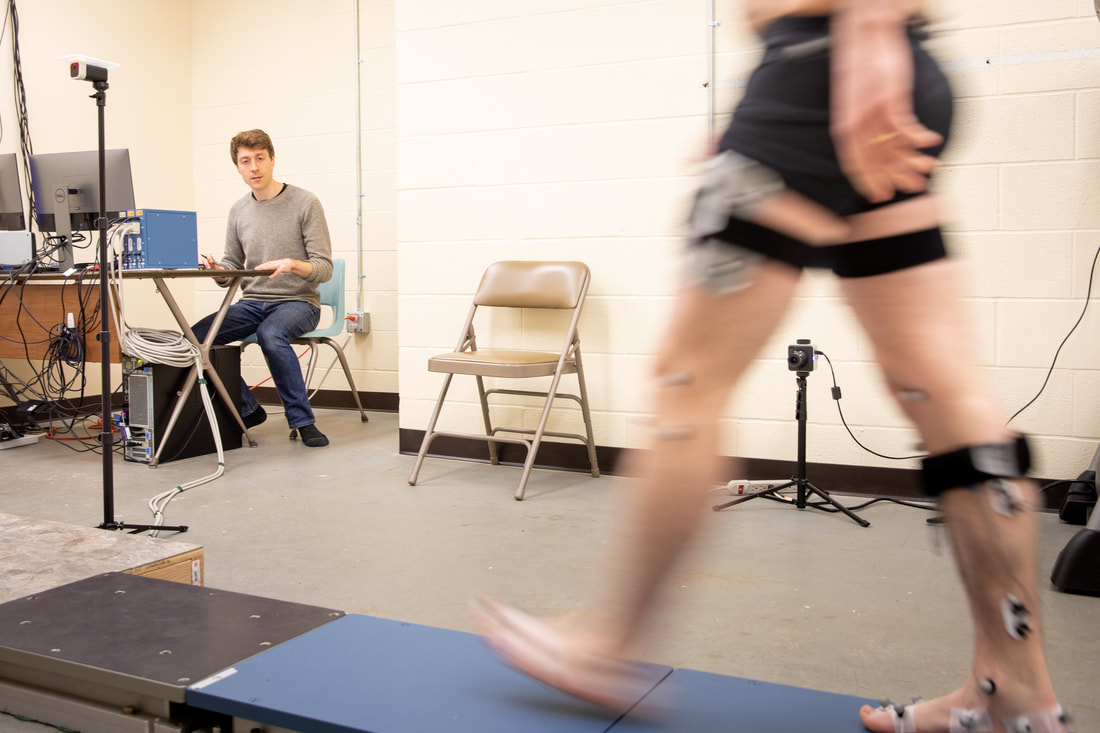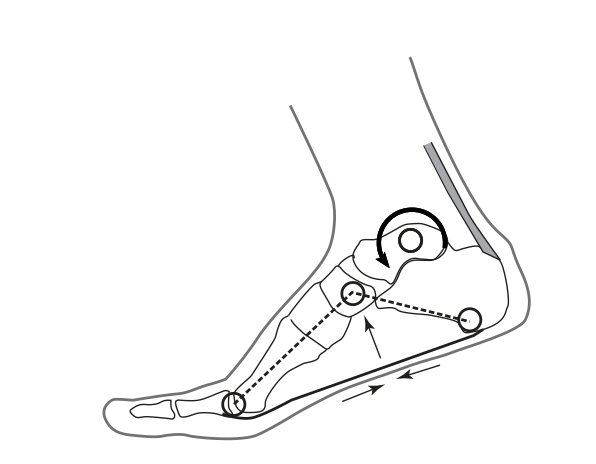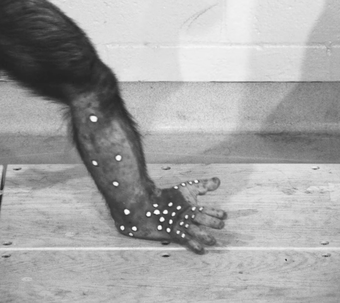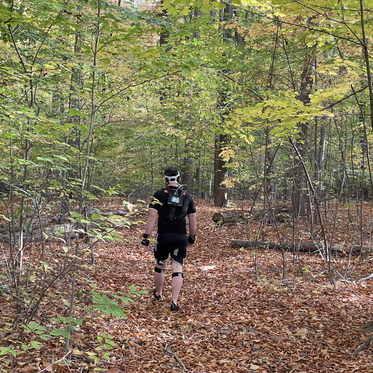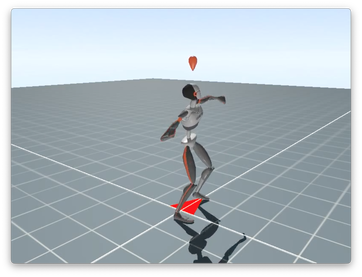Research
The Hominin Movement Lab includes a full motion capture lab on the UB North campus in the Department of Anthropology. This includes an elevated walkway and a treadmill for human subject locomotion research, as well as the following equipment:
|
We are conducting research both inside and outside the lab on a range of projects related to evolution of hominin movement, which are described below.
Evolutionary Biomechanics of the Human Longitudinal Arch
|
The longitudinal arch is a structure unique to the human foot, but it’s adaptive function in our species remains elusive. Various mechanical models for longitudinal arch function have been proposed, and testing these models is important for understanding both the functional purpose of the arch, as well as the etiology of musculoskeletal disorders related to this structure. In this lab we are investigating the longitudinal arch by studying the comparative biomechanics of human and non-human primate feet, and investigating the effects of footwear use on arch function in both habitually shod and minimally shod populations.
|
Heel-Strike Walking and the Evolution of Bipedalism
|
When we humans walk, we contact the ground heel-first, causing our bodies to experience rapid, high magnitude impact forces that are potentially damaging to our bodily tissues. Paradoxically, these heel-strikes are kinematically unique to humans and differ from foot contact patterns in all other animals, including our closest living relatives, chimpanzees, meaning they likely serve some adaptive purpose in humans. In the Hominin Movement Lab, we are interested in trying to determine what this purpose is, how it relates to the evolutionary anatomy of humans, and what the consequences are for human musculoskeletal health.
|
Human Locomotion on Natural Terrains
|
Humans occupy diverse environments, from dense forests to open savanna to rocky mountains, and each offers different locomotor challenges. Traveling over the challenging natural terrains in such environments has been an essential part of subsistence throughout the history of our species. To date, much research has focused on the energetic advantages of human bipedalism, but relatively little research has been directed at understanding how we humans are capable of walking on a vast diversity of terrains. In the Hominin Movement Lab, we investigate the different biomechanical strategies associated with navigating such surfaces, and explore the selective pressures engendered by such strategies on the evolution of bipedalism.
|
Throwing Biomechanics and Human Adaptation
|
Humans are unique in their ability to throw forcefully and accurately, and it has long been speculated that throwing was one of the original hunting strategies for hominins. In the Hominin Movement Lab we are investigating the biomechanical strategies that enable humans to throw accurately. We hope to link our findings to specific anatomical traits, and determine when these traits arose in the fossil record to better understand the evolution of hominin subsistence strategies.
|

